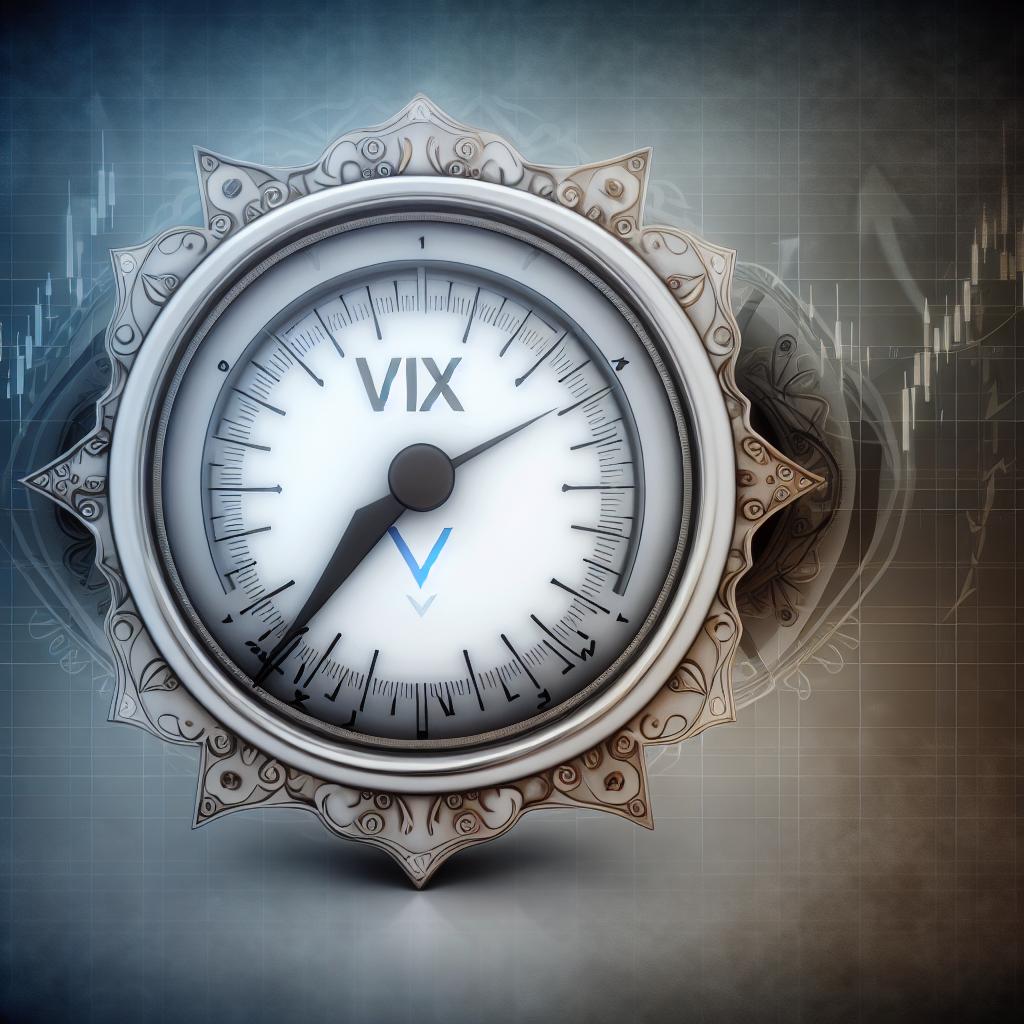Understanding the Volatility of Tech Stocks
The technology sector has long been associated with rapid growth and innovation, but it is also known for its notable volatility. Tech stocks, when compared to other sectors, display substantial fluctuations in their valuations and market performance. This volatility can be explained by a myriad of factors that speak to the unique characteristics of the tech industry. Below, we delve into the primary reasons contributing to the inherent instability found in tech stocks.
Rapid Innovation and Disruption
The very nature of the tech industry is steeped in rapid innovation and frequent disruptions. Unlike other sectors, technology is synonymous with significant and quick advancements that can upend established norms. Companies in this realm are often engaged in a continuous cycle of inventing and deploying new products or services. This trend is seen in how the rise of cloud computing, among other technological advances, has recalibrated the operational frameworks of numerous firms. Consequently, the persistent state of evolution in the tech landscape causes fluctuating earnings reports and irregular stock valuations.
A striking feature of tech innovation is its potential to aggressively reshape market dynamics. An innovative product can not only create a new industry standard but render existing solutions obsolete almost overnight. The frequent emergence of groundbreaking tech products perpetuates a cycle of speculation and recalibration within the stock market.
High Valuation Multiples
Another significant contributor to tech stock volatility is the high valuation multiples commonly associated with these companies. For instance, the price-to-earnings (P/E) ratio for tech firms typically exceeds that of companies in other sectors. Such valuations are driven by investors’ optimistic expectations for robust future growth, appropriately reflected in their willingness to pay a premium. Nevertheless, this optimism can lead to scenarios where tech stocks become overvalued.
This high-growth expectation means that any deviation from anticipated results—be it slower user growth or unmet revenue projections—can trigger abrupt and marked corrections in stock prices. Investors keenly watch growth metrics, and any signal that a tech company might fall short of expectations often causes swift market reactions, further exacerbating volatility.
Regulatory Challenges
Regulation stands as a formidable element within the technology sector, contributing to its volatility. Tech companies navigate a labyrinth of regulatory frameworks, given their operation across multiple jurisdictions. Issues related to data privacy, monopolistic practices, or cybersecurity risks place these companies under continuous scrutiny. New regulations or evolving compliance requirements can thus lead to significant unpredictability in stock prices.
For instance, legal confrontations or regulatory fines can negatively impact investor sentiment, resulting in nervous trades. Market players are often wary of regulatory actions that could limit a company’s operational capabilities or force strategic pivots, thereby impacting its financial performance.
Global Competition
The global outlook of tech firms adds another layer of complexity and volatility. Operating on an international scale, these companies face competition not just from domestic peers but also from agile international firms. Geopolitical tensions, tariff impositions, and shifts in international trade policies can imperil the business operations of tech companies.
The exposure to various markets means that any regional economic upheaval or policy changes can rapidly affect a company’s market value. Companies that derive substantial revenue from international markets must therefore adeptly manage these geopolitical risks, as unfavorable developments could significantly influence their stock valuations.
Investor Sentiment and Market Trends
The capricious nature of investor sentiment plays a pivotal role in the volatility of tech stocks. Market apprehensions or confidence levels can lead to substantial shifts, with investors rebalancing portfolios based on perceived economic trends or interest rate forecasts. Tech stocks—they often form a core component of numerous market trends such as momentum investing or growth investing strategies—are especially susceptible to changes in investor sentiment.
The sentiment is further buoyed by trends and fads, with news cycles and analyst reports often driving investor perceptions. Even a rumor or an intangible expectation can sometimes exert a pronounced effect on stock prices.
Conclusion
In conclusion, the volatility of tech stocks is underpinned by a confluence of factors including rapid innovation, high valuation multiples, significant regulatory challenges, and intensified global competition. Despite these fluctuations, the tech sector continues to attract investment opportunities for those willing to navigate its inherent uncertainties. Investors interested in tech stocks must carefully assess these dynamic facets and align them with their risk appetite and investment methodologies before engaging in the market.
The unpredictability of tech stocks, while daunting, can also be a source for capitalizing on growth opportunities, rewarding those who demonstrate resilience and strategic foresight. As the tech landscape continues to evolve, understanding the intricate forces at play becomes essential to making informed investment decisions in this high-stakes arena.










